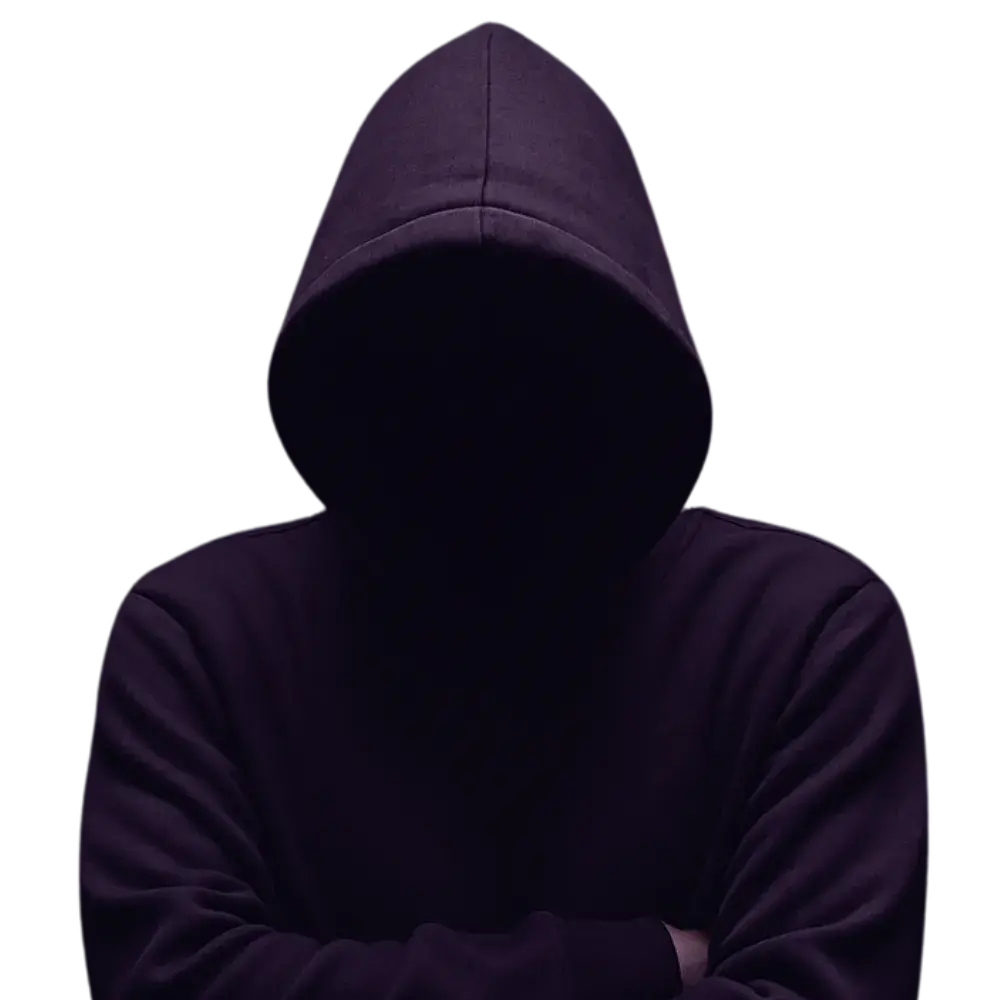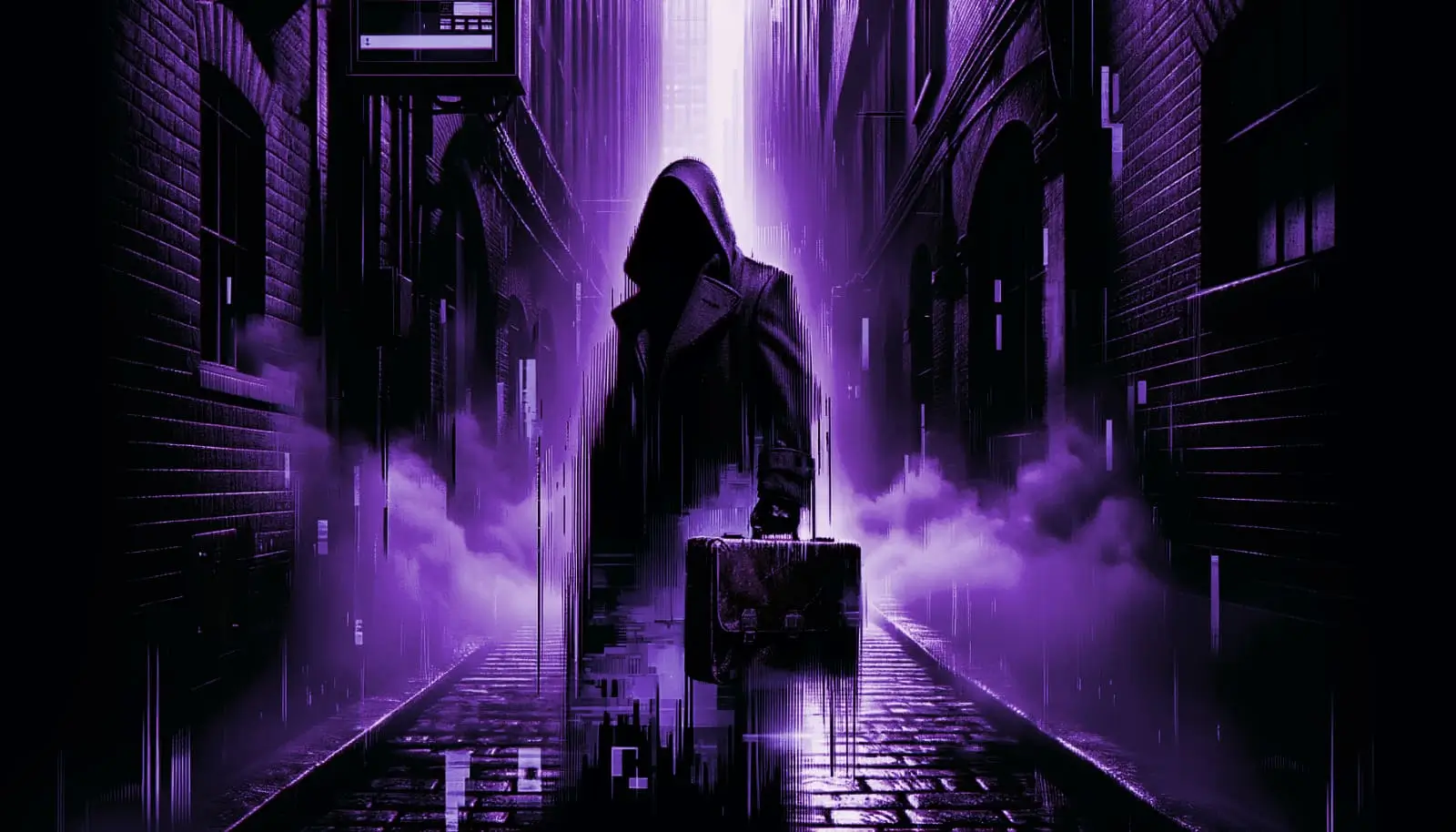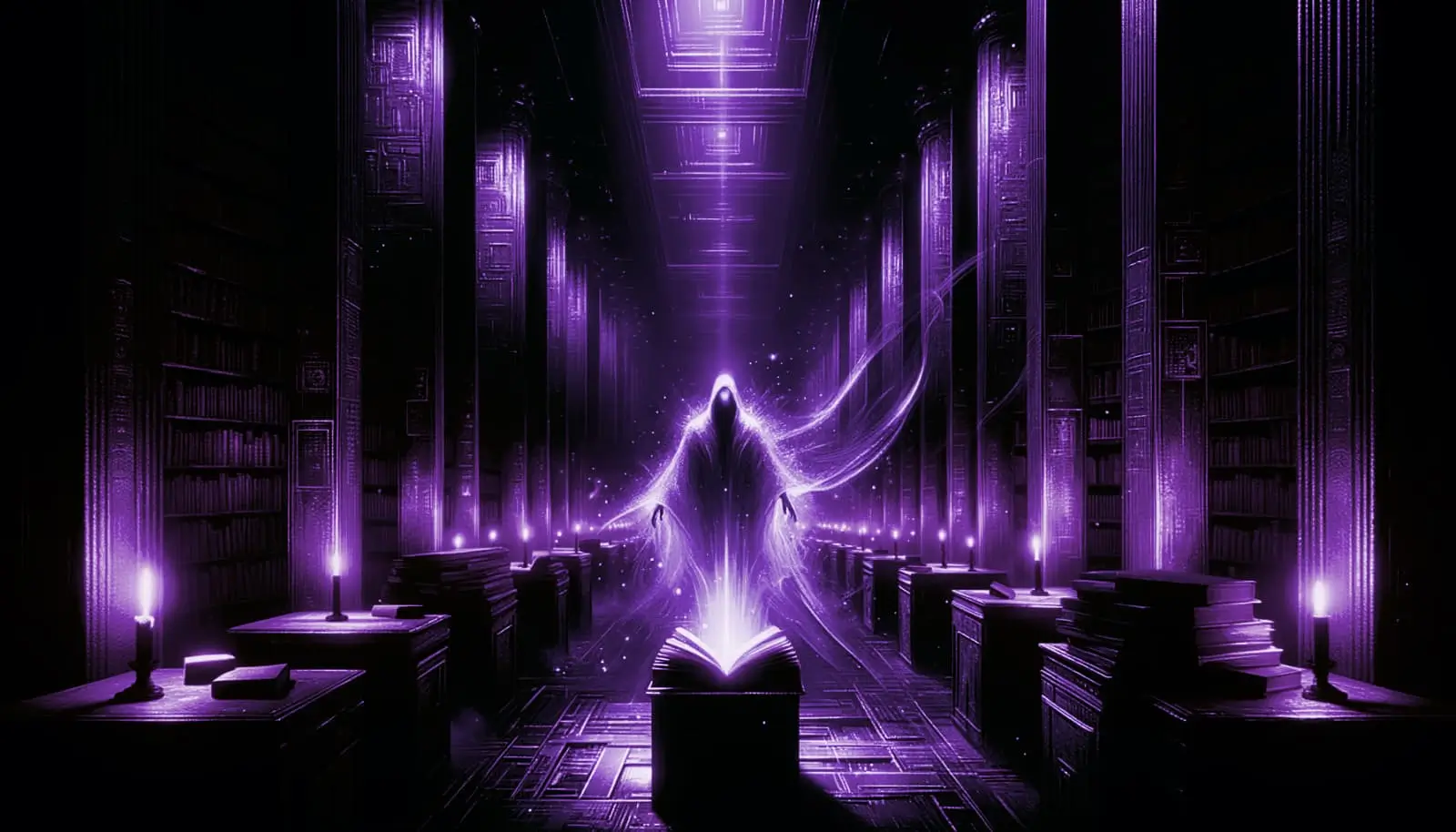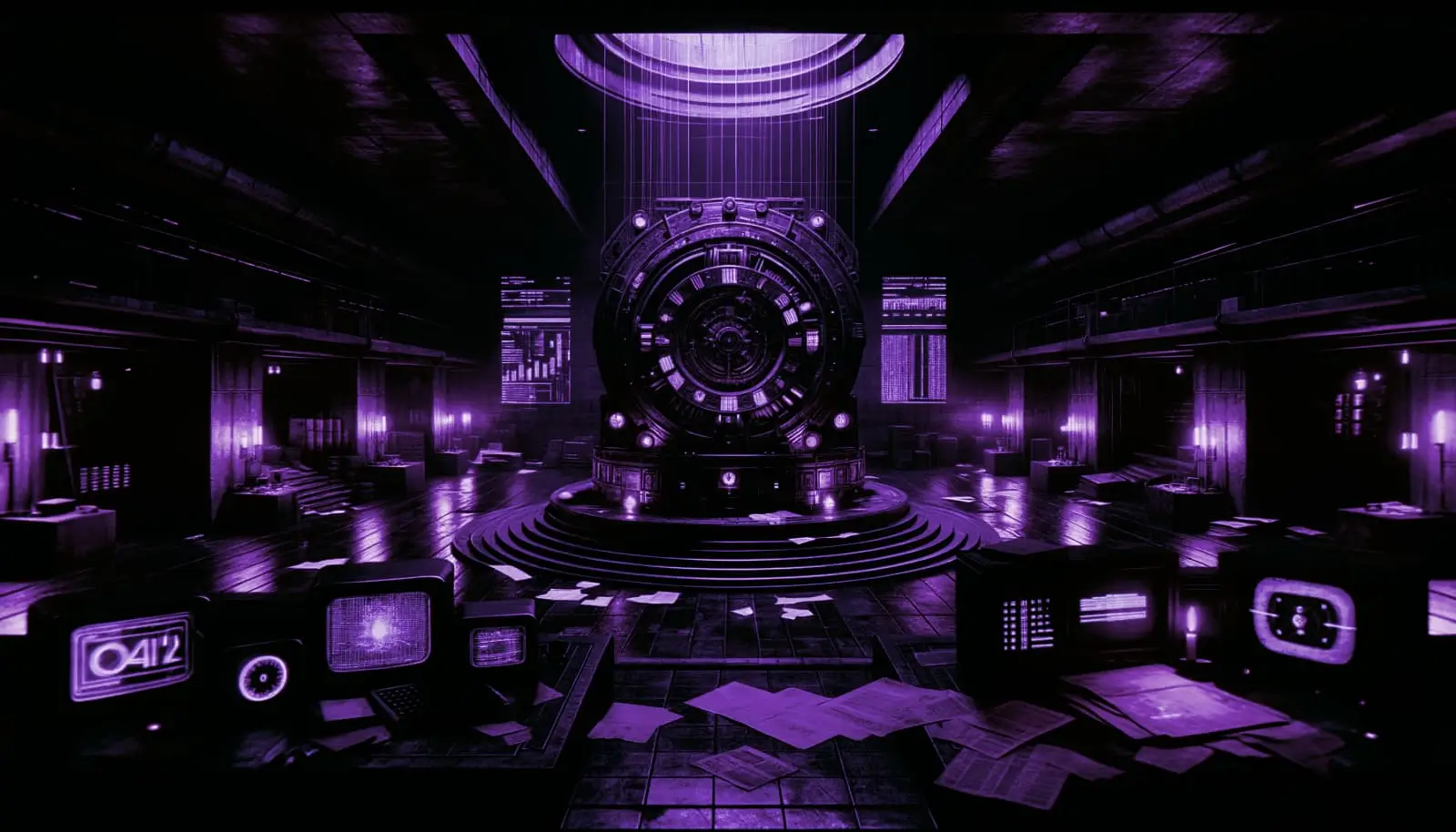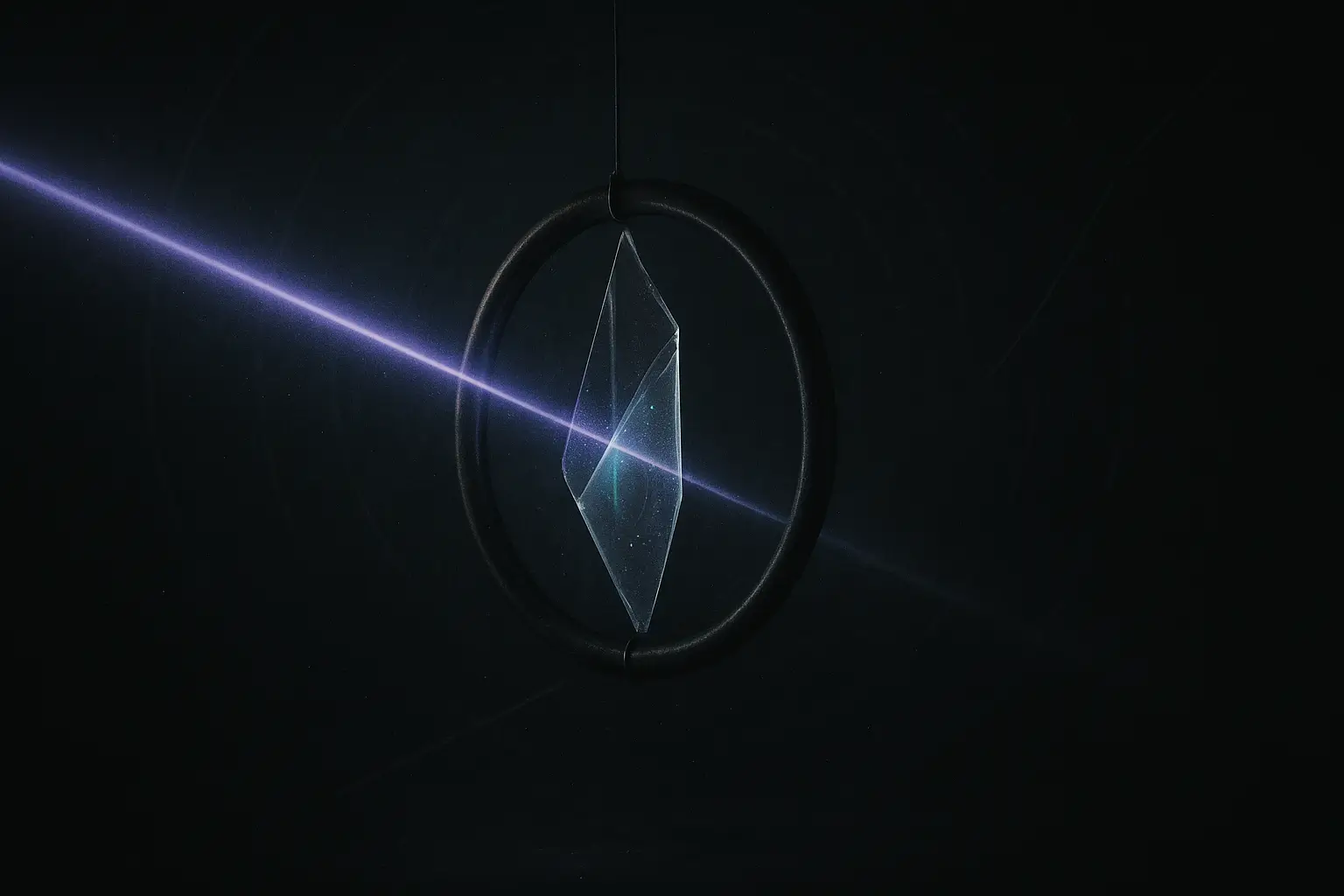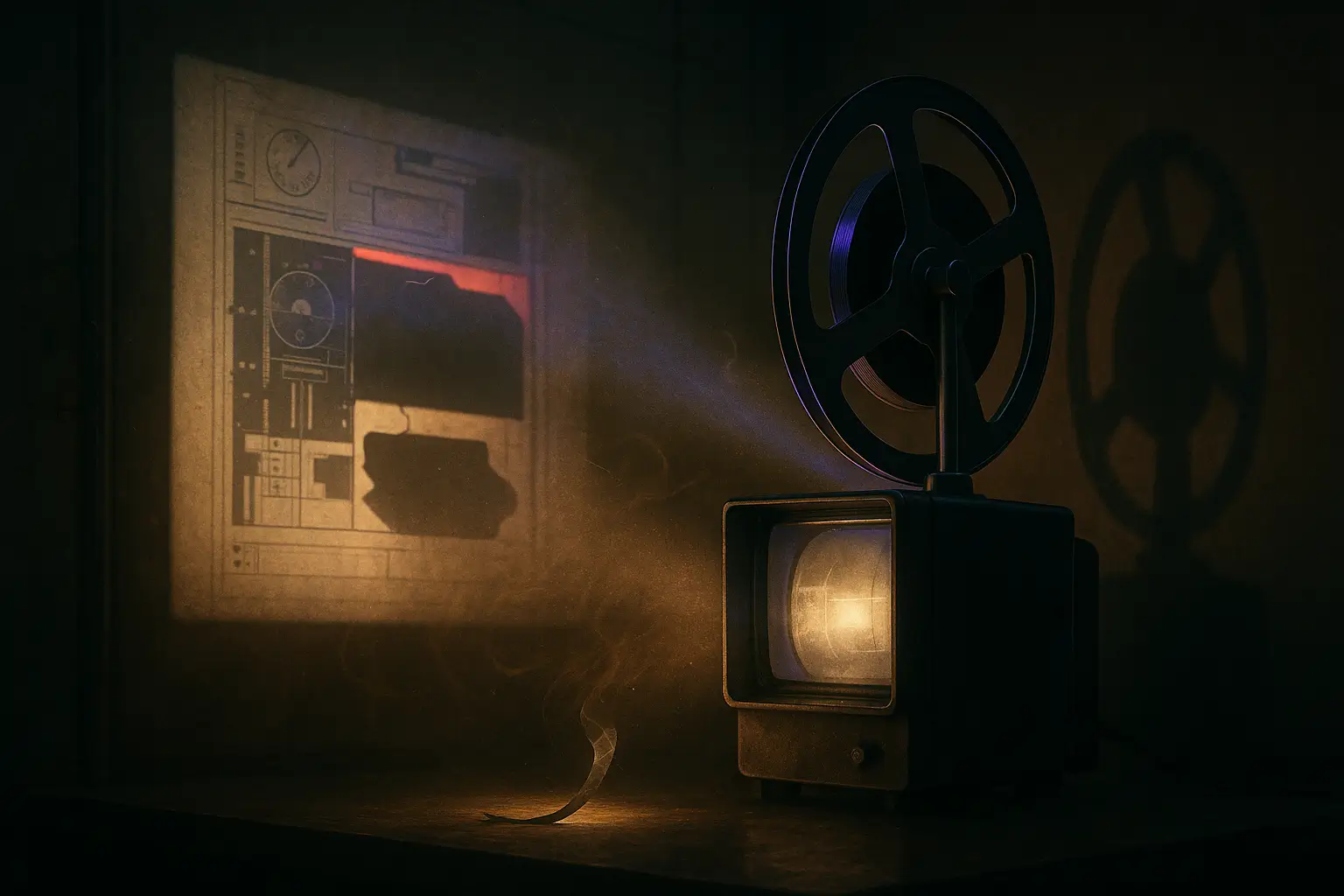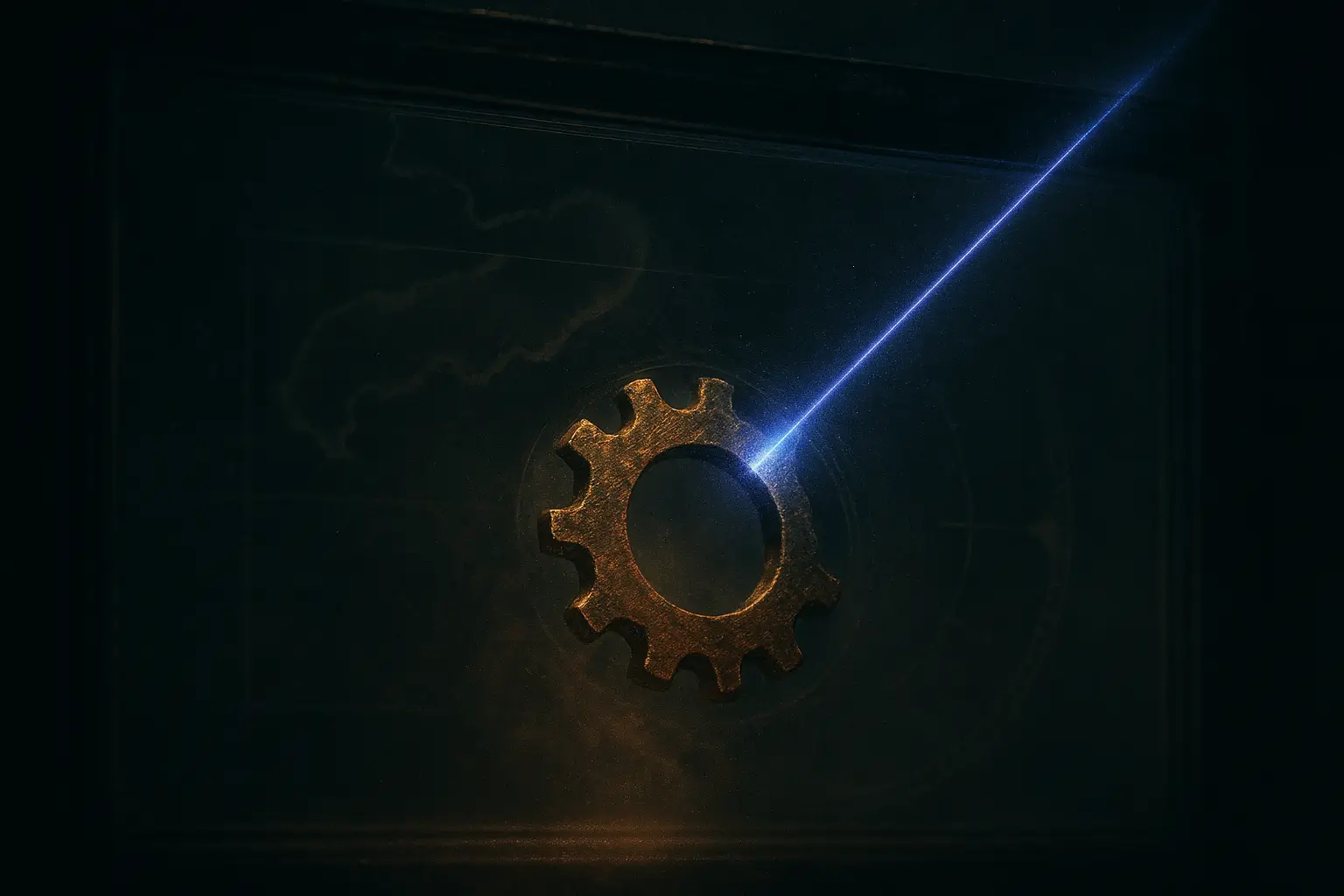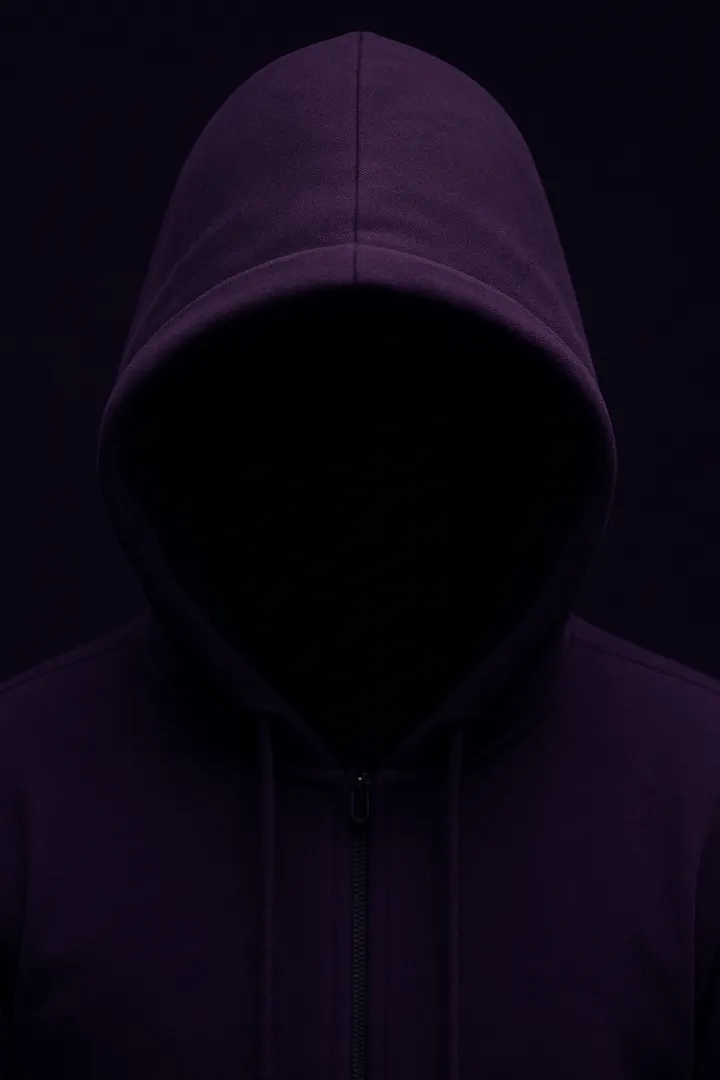
Conspiracy Theories Erased From Official History
Conspiracy theories exposed, hidden histories unsealed, and forbidden truths decoded. Discover what was erased from official records—and why it still matters.
In the shadows of our world, conspiracy theories whisper secrets that defy official history. From hidden societies to forgotten experiments, the truth often hides where few dare to look. Why do we fixate on these forbidden stories? What if reality is just a cover for something far stranger? Here, mysteries, suppressed facts, and hidden histories collide—inviting you to decode the signals buried in plain sight. As of 2025, independent surveys from institutions like the Pew Research Center report historically low trust in government and media—fertile ground for conspiracy theories. Join The Odd Signal as we expose the fractures between fact and fiction. Follow the trail. Question everything. Because sometimes, what you’re told to ignore is where the truth really begins.
What the Video Adds (Quick Summary)
- Timeline and setting: Berlin, 1989, amid the fall of the Wall; an alleged list of once-true plots later erased from official memory.
- Focus claim: “Project Anvil,” a purported Cold War program to tap vacuum energy, with blueprints and careers allegedly wiped from the record.
- Artifacts cited: a redacted memo reading “Initiate Phase Omega. Anvil is not to be known,” stamped with insignia “OS-17,” plus a transcript excerpt labeled #OS-17-47.
- Anecdotes: reports of midnight lab equipment transfers and sudden “recruitments” leading to permanent retirements.
- Signal vs. noise: mentions of unexplained power surges and remote energy bursts, but without independent corroboration.
- Verification status: public repositories such as the CIA FOIA Electronic Reading Room and the U.S. National Archives show no entries for “Project Anvil” or “OS-17”; the narrative remains unverified and should be treated as speculative.
The Psychology Behind Believing in Hidden Plots
A conspiracy theory is an alternative explanation that alleges secret plots by powerful actors; these narratives flourish when uncertainty and low institutional trust collide. In plain terms: a conspiracy theory claims an event was caused by a hidden, coordinated effort.
In the quiet corners of our minds—where the hum of daily life fades—these narratives find fertile ground. Their allure is simple yet powerful: they promise hidden truths and the chance to question everything we’ve been told.
Psychologically, they offer a fragile sense of control in a world that feels chaotic and unpredictable. When political scandals erupt or disasters strike, the human mind searches for patterns, desperate to stitch together sense from the senseless. These stories become that stitched-together narrative—comfort wrapped in secrecy. Research summaries by the American Psychological Association and major universities indicate that perceived powerlessness and uncertainty strongly predict conspiratorial thinking.
It’s also how we’re wired. Our brains lean on cognitive shortcuts like confirmation bias—favoring information that fits our beliefs—and proportionality bias, the impulse to match big events with big causes. Together, these tendencies make us fertile ground for conspiracies.
Social identity fuels this further. Many believers see themselves as part of an enlightened circle—those who know what others refuse to see. This “in-group” identity brings belonging and purpose, reinforcing the belief that truth is buried for a reason.
In short: people believe because the stories offer meaning, community, and a sense of control when the world doesn’t.
Famous Theories of Hidden Plots Throughout History
Across eras, certain theories have become touchstones—mirrors for the fears of their time and flashpoints for debate. Some were debunked; others were partly vindicated by declassified files and hearings.
JFK’s assassination remains the modern template. Records indicate the Warren Commission (1964) concluded Lee Harvey Oswald acted alone; the House Select Committee on Assassinations (1979) later found a “probable conspiracy” without naming conspirators. The National Archives and Records Administration (NARA) has released most related records, though a subset remains redacted—an ambiguity that keeps the theory alive.
The moon landing hoax is another perennial. NASA’s evidence is extensive: 382 kilograms of lunar rock samples, retroreflectors still used for laser ranging, independent tracking by global observatories, and telemetry recorded across multiple stations. Under scrutiny, the “studio set” narrative collapses.
For 9/11, suspicion persists online, but official investigations—most notably the 9/11 Commission Report (2004) and detailed analyses by the National Institute of Standards and Technology (NIST)—document the failures and physics involved without evidence of a domestic plot. The theory endures largely because the event was catastrophic and complex.
And behind many threads, one name resurfaces: the Illuminati. While it makes for a compelling archetype of hidden power, historians note no credible primary sources proving a single, omnipotent cabal steering world events.
These episodes persist because they tap something primal: the suspicion that official accounts are incomplete—and that behind every curtain, another secret waits. What remains unexplained is why some records stay partially redacted decades later, extending the gap between speculation and documented fact.
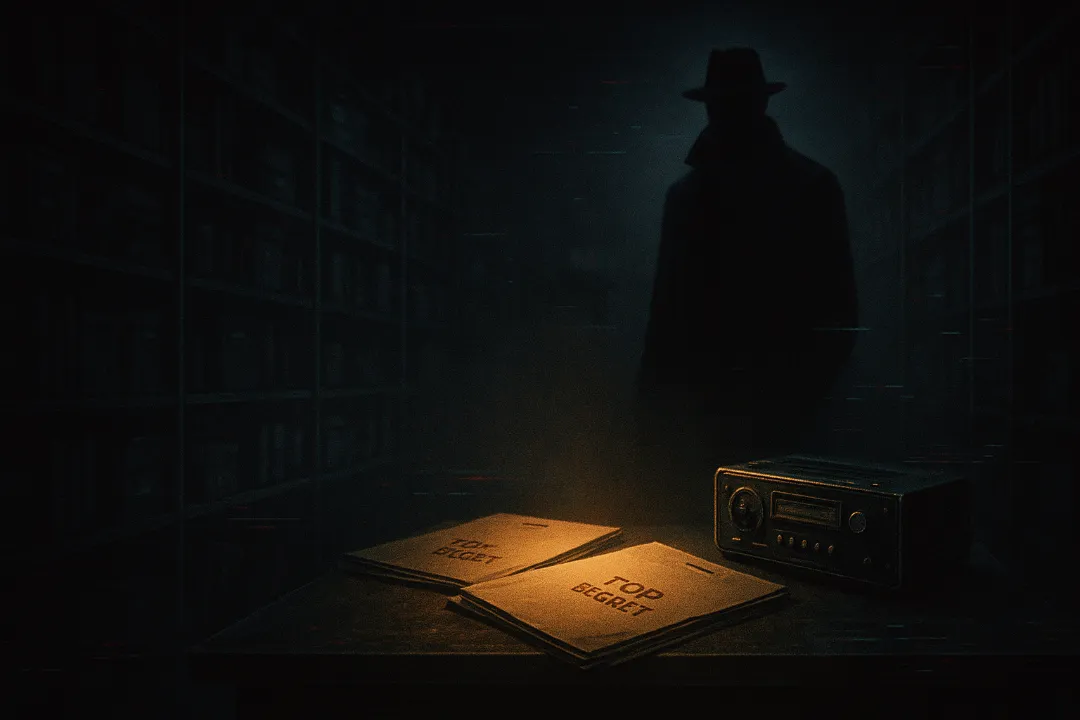
List of Conspiracy Theories That Turned Out to Be True
Mysteries That Have Captivated the Public Imagination
Beyond conspiracies, certain mysteries have fascinated us for generations—stories that dance on the edge of fact and myth.
Take the Bermuda Triangle: a stretch of ocean in the North Atlantic where ships and planes allegedly vanish. The U.S. Coast Guard and insurers like Lloyd’s of London report no statistically higher incident rates than comparable sea lanes, pointing to weather, navigation error, and heavy traffic as sufficient explanations.
Then there’s the legend of the Loch Ness Monster. A grainy 1934 photograph made “Nessie” an icon, but modern surveys—including eDNA sampling of the loch in 2019—found no evidence of a prehistoric reptile; abundant eel DNA offers a mundane alternative.
And then there’s Amelia Earhart—a pioneer who vanished in 1937 while attempting a global circumnavigation. Hypotheses range from crash-and-sink to castaway scenarios; searches continue, but conclusive wreckage linked to her Electra remains unverified.
Others point to UFO encounters and sunken city myths—from the Lost City of Atlantis to modern UFO sightings—illustrating how folklore, anomalies, and science intermingle.
These mysteries endure because they remind us the world still holds shadows—places and stories that refuse to be fully seen.
Uncovering Hidden Histories: What Lies Beneath the Surface
History, as it’s taught, often reads like a neatly bound story—heroes, villains, and timelines polished for public consumption. But beneath that surface lie hidden histories that fracture our understanding of the past.
Consider the Tuskegee Syphilis Study (1932–1972). The U.S. Public Health Service misled hundreds of African American men, denying treatment to observe the disease’s course. The scandal broke after whistleblowing and reporting in 1972; a presidential apology followed in 1997. Archival records at the National Archives preserve the case’s brutal lessons.
Then there’s Project MKUltra (1953–1973). During the Cold War, the CIA tested mind-control techniques—including LSD and hypnosis—on unwitting subjects. Much documentation was destroyed in 1973, but congressional hearings (the 1975 Church Committee) and surviving files obtained via FOIA confirm the program’s scope, just as Operation Paperclip quietly brought German scientists to the U.S. to accelerate rocket and aerospace research.
FBI COINTELPRO (1956–1971) targeted civil rights and political groups; declassified FBI files and Senate oversight hearings document unlawful surveillance and disruption. In short: COINTELPRO was a covert FBI program that surveilled and undermined domestic activists until it was exposed and terminated.
The story of Indigenous peoples is another record rewritten in silence. Colonization erased cultures, languages, and lives on an immeasurable scale. Yet oral histories, resilient traditions, and ongoing legal archives document voices that outlast the attempts to erase them.
These hidden histories demonstrate a simple rule: extraordinary claims demand primary sources—and archives, hearings, and court records are where those claims stand or fall.
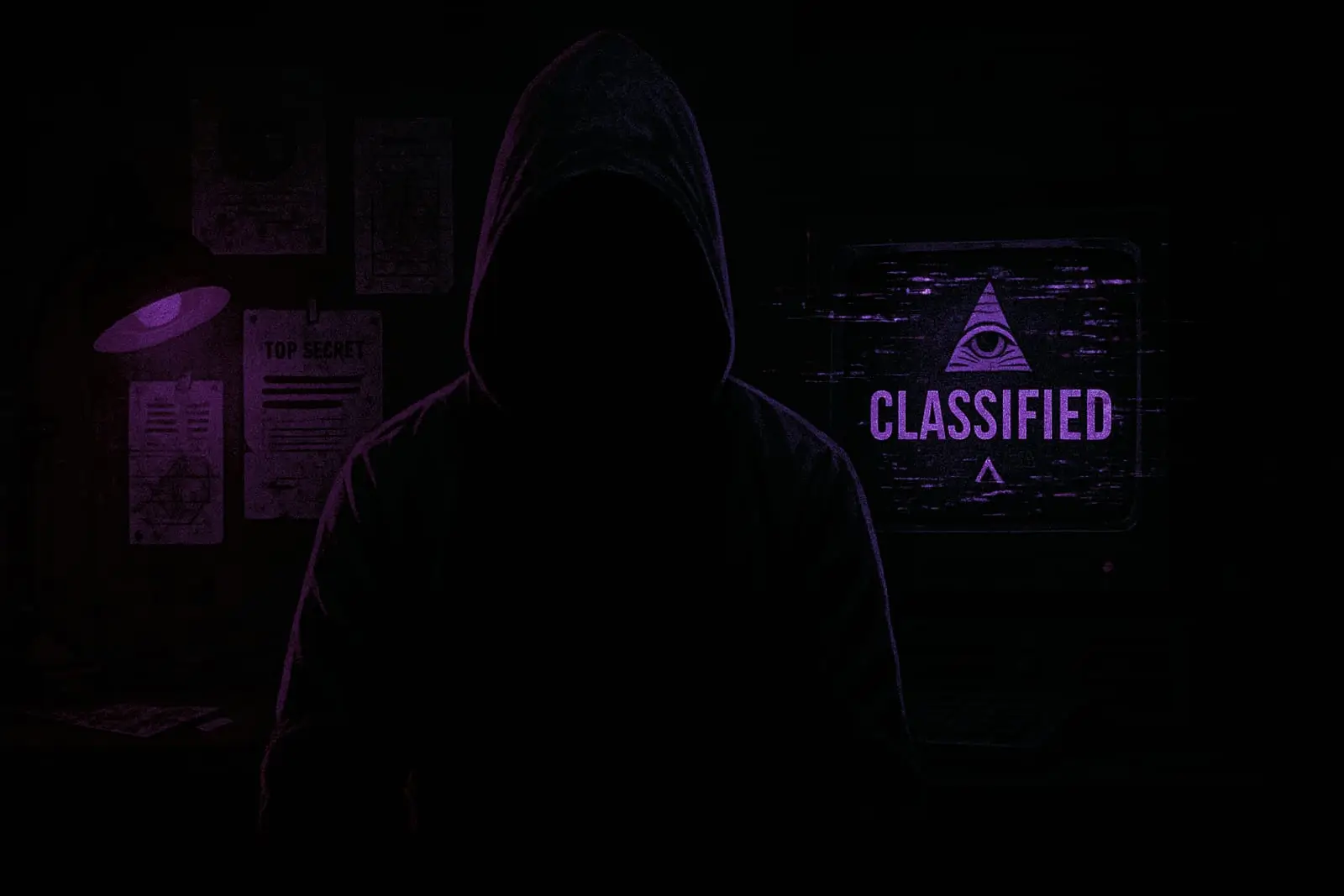
The Role of Media and Social Networks in Spreading Theories
In the digital age, media and social networks are accelerants. Platforms like Facebook, X, and YouTube can propel a claim around the globe in hours. Their engagement-driven algorithms often privilege sensational, emotionally charged content—prime conditions for such narratives to spread.
Inside these networks, echo chambers thrive. Like-minded users cluster, their feeds reinforcing what they already suspect. Doubt is pushed out; certainty, however misplaced, grows stronger. Within these insulated circles, outlandish claims gain the weight of truth—because everyone inside agrees to believe.
Mainstream media isn’t blameless. Pursuing ratings and clicks, outlets sometimes amplify fringe ideas without context. Historical episodes—such as CIA relationships with journalists documented in the 1975 Senate Church Committee hearings—fuel suspicion; “Operation Mockingbird” is a popular label in secondary sources, though its scope remains debated in the primary record.
Content-moderation rules and transparency mandates vary by jurisdiction, but the core antidote remains the same: media literacy, critical source vetting, and a habit of checking primary documents before sharing.
Debunking and Separating Fact from Fiction
Debunking isn’t about dunking; it’s about method. Use transparent evidence, show your work, and explain it plainly.
For the moon landings, the method is straightforward: independent tracking, physical samples, retroreflectors, and engineering records corroborate one another. When multiple, independent lines of evidence agree, hoax claims fail.
Facts alone rarely change minds. Belief is tied to identity and emotion. Empathy and patient dialogue—asking how someone arrived at a claim, then walking through sources together—often work better than rapid-fire rebuttals.
Education is the long game. Teaching critical thinking and media literacy gives people tools to spot misinformation before it spreads. Encourage curiosity and healthy skepticism—especially when an answer seems too neat.
Quick rule of thumb: extraordinary claims should leave ordinary, checkable evidence—documents, data, and witnesses you can actually verify.
How to Approach Extraordinary Claims Critically
Approaching these claims critically means avoiding blind belief—and blind dismissal. History shows that some conspiracies were real: Watergate, Iran–Contra, MKUltra. The task is to separate signal from noise.
Start with sources. Who is making the claim? Is there primary documentation? Do independent experts converge on the same conclusion? Peer-reviewed studies, court records, and archived government files outweigh anonymous posts or recycled screenshots.
Apply Occam’s Razor. If a theory requires countless actors, perfect secrecy, and improbable coincidences, ask whether a simpler explanation fits the facts.
And keep the human element in view. People cling to narratives when they feel unheard. Listening and asking calm questions can plant seeds of doubt where ridicule cannot.
Remember:
- Test your sources.
- Ask the obvious questions.
- Look for the simplest answer.
Explore the Classified Archives
Conclusion: Understanding Our Fascination with the Unknown
Our fascination with conspiracy theories, mysteries, and hidden histories is more than idle curiosity—it reflects a drive to find meaning when facts feel incomplete. These narratives offer comfort in chaos, connection in isolation, and wonder in an age that claims everything has been seen.
But curiosity carries responsibility. To navigate the swirl of information and rumor, we need to question relentlessly, think critically, and seek primary sources. The signal is there—buried beneath the noise.
For deeper context and primary documents, move through The Odd Signal front page, the Real Conspiracies catalog, and our Mind Control Experiments files.
Sources Unsealed
- U.S. Senate Select Committee to Study Governmental Operations with Respect to Intelligence Activities (1976), Final Report – overview via Senate Intelligence Committee: https://www.intelligence.senate.gov/resources/church-committee
- CIA records on Project MKUltra (declassified), CIA FOIA Electronic Reading Room: https://www.cia.gov/readingroom/collection/mkultra
- FBI COINTELPRO files (declassified), FBI Vault: https://vault.fbi.gov/cointel-pro
- National Archives and Records Administration, JFK Records Collection (ongoing releases): https://www.archives.gov/research/jfk
- National Institute of Standards and Technology, World Trade Center disaster investigation reports (2005–2008): https://www.nist.gov/world-trade-center-investigation
- National Commission on Terrorist Attacks Upon the United States (2004), 9/11 Commission Report, GPO: https://www.govinfo.gov/app/details/GPO-911REPORT
Signal Decoder: Uncovering the FAQs
Latest Declassified Signals
New drops every week. Dossiers, visuals, anomalies. Truth is never quiet.
They Don’t Want You to Know This
Join the society of the curious. Get early access to leaked findings, hidden knowledge, and suppressed discoveries — straight to your inbox, before they vanish.
